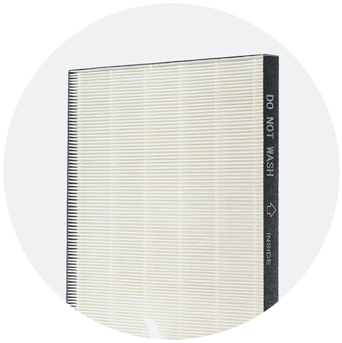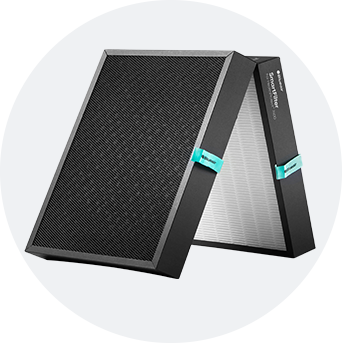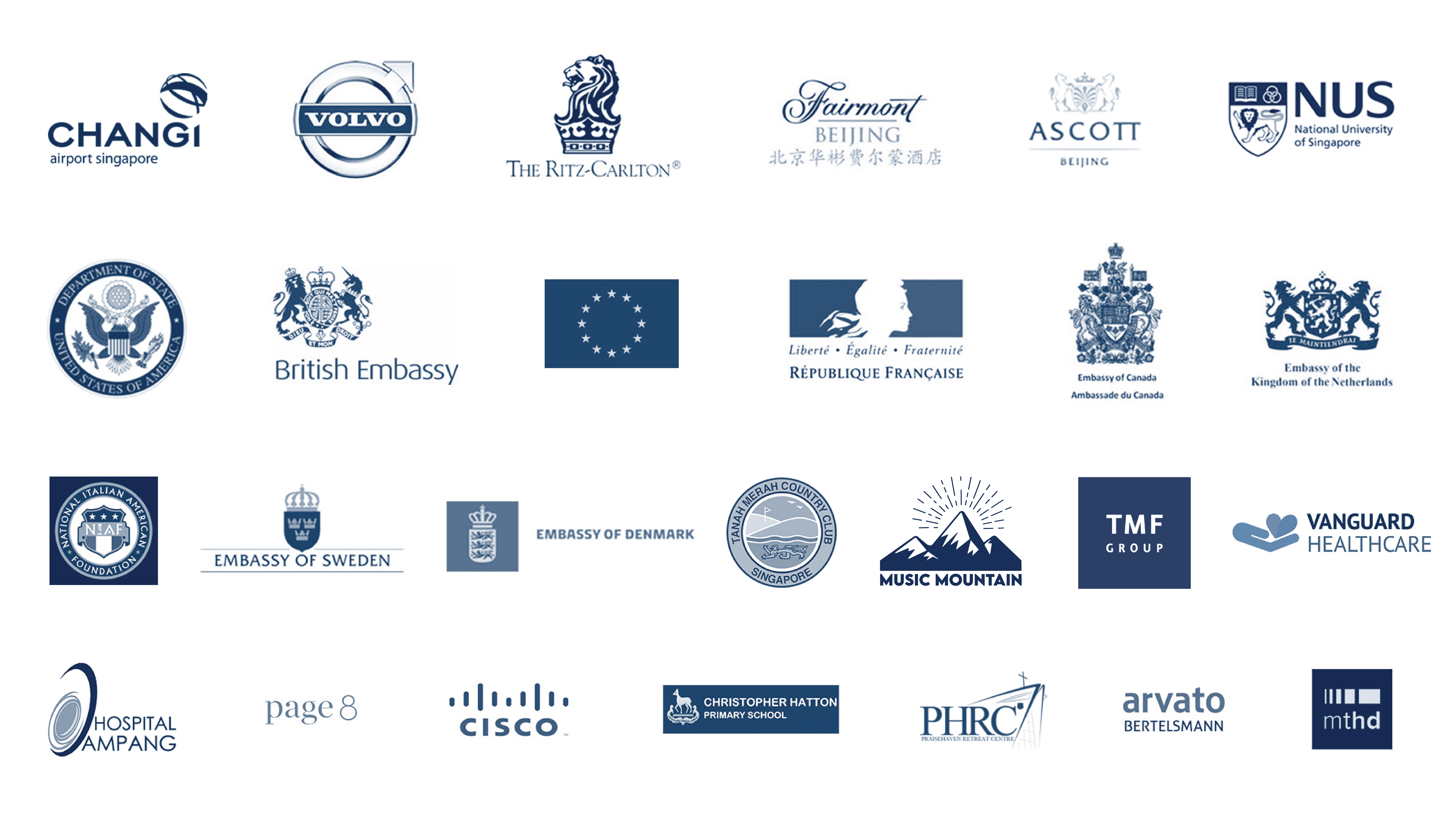
Students with uncontrolled asthma often miss more school days, to about 13.8 million³ days of school per year. Using test-winning air purifiers in classrooms help students to breathe cleaner air that affects children’s ability to learn, ensuring that the pathways in the brain can easily transmit signals. This makes it easier to concentrate, process information and think logically.
What makes Blueair air purifiers unique is the proprietary Blueair HEPASilent™ technology. By combining electrostatic and mechanical filtration, the HEPASilent™ technology ensures that a Blueair air purifier delivers maximum filtration with minimum noise and energy.


Typical HEPA filters: mechanical filtration only
A dense HEPA filter with very tiny holes captures particles, but this means less clean air passes through the filter.
To push enough air through a dense HEPA filter, the fan must run at a higher speed, which creates more noise.
Running the fan at a higher speed also uses more energy.
Mechanical (HEPA) filtration on its own catches virus and bacteria – but can allow germ growth in the filter as the germs are not inactivated.
HEPA filtration catches 99.97% of particles sized 0.3 microns in size such as dust, pollen and smoke.

Blueair HEPASilent™ technology: electrostatic & mechanical filtration
By combining two filtration technologies the filter doesn’t need to do as much of the work, so Blueair filters can be less dense - which delivers a uniquely high flow of clean air.¹
A less dense filter material means that the air purifier fan can run at lower speeds, making a lot less noise while delivering a uniquely high flow of clean air.¹
Running at lower speeds also uses a lot less energy - less than a traditional lightbulb.¹
Once captured in the filter, the combination of electrical charging and high air flow kills 99% of germs.
HEPASilent technology catches 99.97% of particles down to 0.1 microns in size such as viruses, bacteria and microplastics, while also removing larger particles such dust, pollen, smoke and pet dander.
Trusted by businesses around the world

¹Based on tests of HEPASilent technology (mechanical + electrostatic filtration) vs. mechanical filtration alone, producing higher CADR (GB/T18801-2015), lower noise level (ISO3743), and lower energy consumption (GB/T18801-2015) in a standalone model.
²Tested on the filter media. Deactivation of germs on natural flora (excluding viruses) under normal temperature and humidity conditions. Blueair does not claim to kill SARS-CoV-2 or prevent transmission of COVID-19.
³https://www.epa.gov/iaq-schools/managing-asthma-school-environmen


